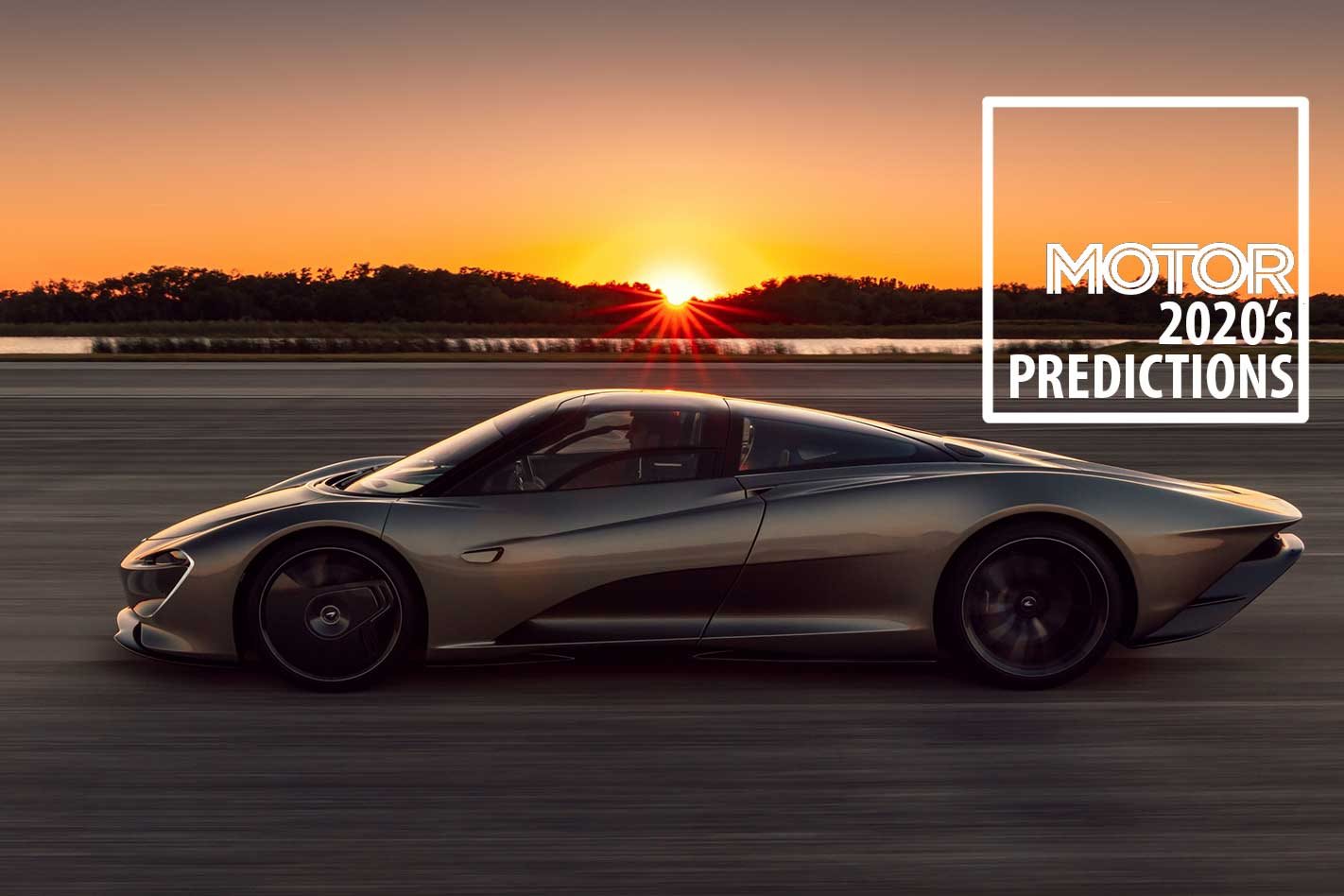This is brave of us, one of those articles you re-read many years down the track and have a little chuckle to yourself. Hello to the readers from 2030 and beyond! But it’s something we felt we must do. As serial speculators here at MOTOR HQ, our trends and predictions for the 2020’s decade is looking mighty interesting for the new-car industry.
Tightening emissions regulations – to the point of corporate strangulation – will form the core of the challenge, forcing a total rethink of model ranges and propulsion systems, manufacturers moving as quickly as possible to battery electric vehicles, abridged where possible with hybridisation. It’s going to cost them a lot.
Petrol engines will become impressively efficient and lose cubic centimetres and cylinders along the way, while autonomy will further develop but won’t leave the lab, we reckon. More punters will choose not to own a car at all, turning instead to ride-sharing as the manufacturers also reposition themselves as ‘mobility suppliers’.
And as for performance cars? They’ll get faster, naturally; still predominantly turbocharged, but smaller engines, more hybrids, more EVs. Expansion of model ranges at the top end of town, reflecting somewhat the times. But everywhere else, more chassis electronics helping you get the best from the car, more safely, and handling like you’ve never encountered before.
If anything, the golden age of chassis wizardry is upon us, as we’re about to explain. That, and a whole lot more…
01 – There won’t be full autonomy – not even close
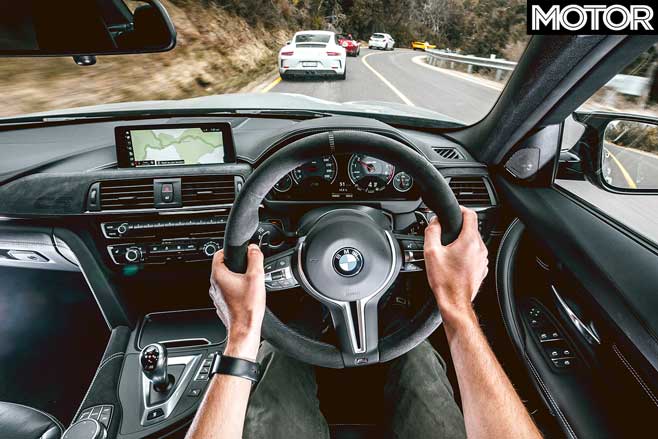
Futurists will have you believe we’ll all be getting around in flying autonomous electric pods by the end of the decade, but the actual experts – at the cutting edge of autonomous vehicle technology – are warning that the coveted ‘Level 5’ full autonomy might take a lot longer than first thought.
Numerous companies, from automakers to tech giants, are investing heavily in what has become a race to be first, but it’s proving extremely difficult to get the tech to a working, let alone safe level. What is more likely is that most, if not every new car will be fitted with some sort of semi-autonomous feature by the end of the decade, and that the steering wheel will be with us for a while yet.
02 – The petrol engine will still rule the roost
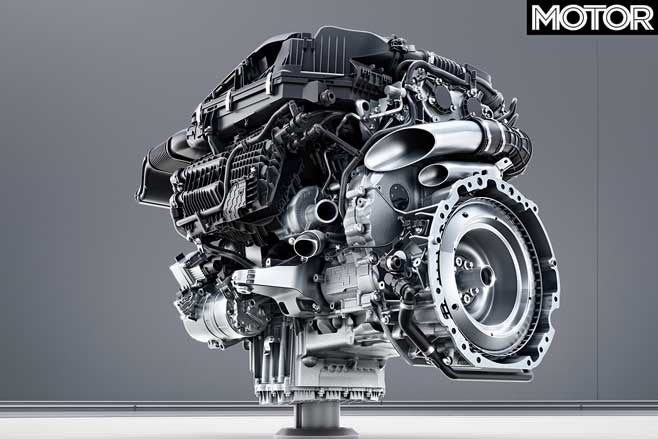
Much like full autonomy, it’s speculated the petrol-powered car will have met its maker by the end of the 2020s, but that’s the realm of fantasy. True, EVs will make up a growing percentage of the new-car market and charging infrastructure will rapidly evolve, but the cheaper internal combustion engine will remain the propulsion method of choice – just smaller, and smaller, and smaller.
We’ll see the most efficient petrol engines ever made, with by the decade’s end almost universal mating to some sort of hybrid system for every new car sold, even the cheap ones.
03 – Atmo engines will still be kicking
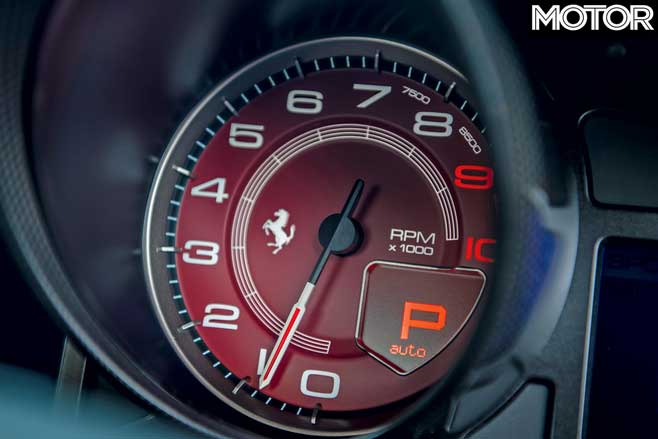
This one is admittedly a little optimistic, but there’s plenty of hope brands like Lamborghini will be able to preserve their big, atmo V12 engines for another generation courtesy of hybridisation. However, that’s reportedly a sore point internally between Lamborghini’s management and its Volkswagen Audi Group overlords.
If such a thing was to happen, Lamborghini would have to sell a lot of electric Uruses – and Ferrari, for its V12, a lot of Purosangue SUVs. It’s possible the atmo will live on in more unexpected places, such as in a lightly hybridised MX-5. Mazda has admitted it is looking at such things for the next-generation car.
04 – The road toll will (sadly) remain stable

This is not a prediction we enjoy making, but at this rate the road toll is unlikely to decrease with a growing population. Existing strategies clearly aren’t working, despite safer cars, with little appetite from authorities to try something different.
05 – Downsizing 2.0
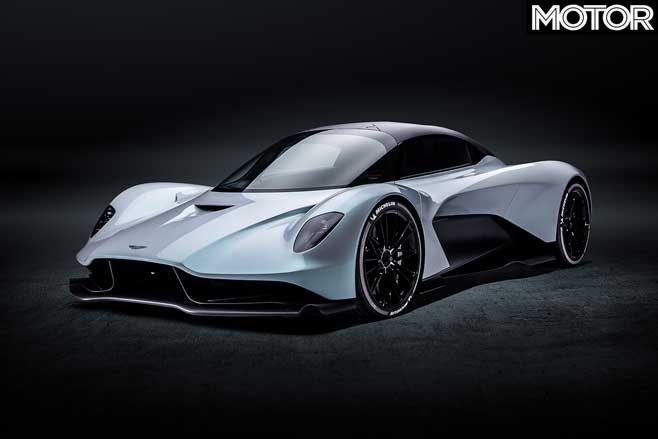
As forced induction and hybrid systems send specific outputs soaring, the ICE will play a smaller role. Case in point: the LaFerrari needed a 6262cc V12 to produce 708kW, but the SF90 Stradale pumps out 736kW from only 3990cc.
Three-pot hot hatches (Fiesta ST, GR Yaris), four-cylinder super sedans (next C63 AMG) and V6 supercars (Aston Martin Valhalla, AMG One) all point to a future with fewer cylinders.
06 – Torque converters will make a comeback
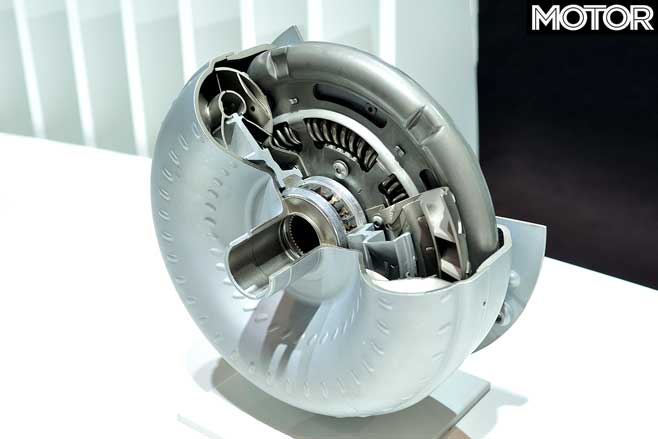
They’re already making a comeback of sorts but it looks certain to accelerate. Yes, what is old is new again, as engineers seem able to combine the smoother operation of the fluid coupling with shift speeds and economy equivalent to, or near, the average twin-clutch transmission.
And, most importantly for the lower end of the market, much greater reliability. BMW, for example, is doing it with its M cars, the M5 making the switch back to the oil doughnut and the next M3 and M4 expected to do the same. Although it might be a stretch to expect Porsche to replace the Doppelkupplung.
07 – You’ll still be able to buy a manual transmission in a new car
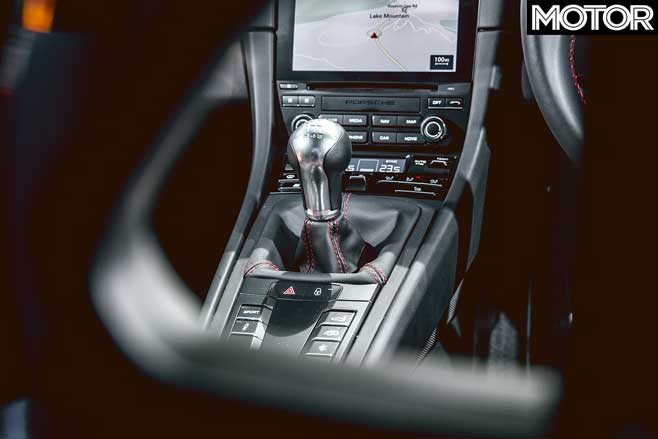
There’s hope it will be in a Porsche 911 or a Toyota 86 if such a car still exists by 2029, but no doubt the manual will become an endangered species in showrooms. It’s possible the last new manual available will be some Europe-only light commercial vehicle. You laugh, but 90 per cent of Renault Trafics sold internationally are manuals. Seriously.
08 – Turbocharged performance cars will get very, very good
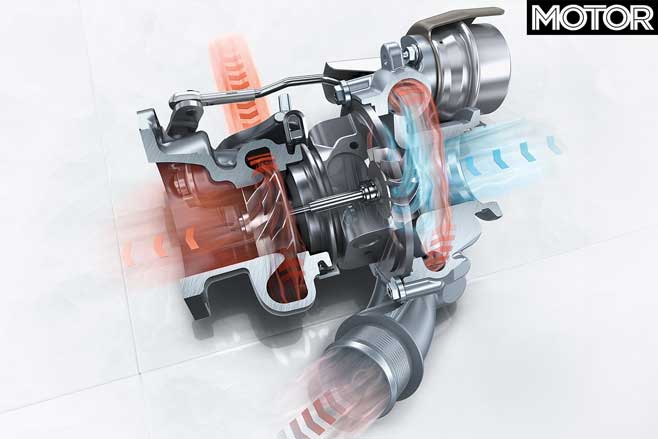
Within the European performance brands, engineers were forced to retire the big, naturally aspirated engines they knew so well for so long, replacing them with smaller, turbocharged units more powerful but nowhere as responsive, exciting or sounding anywhere near as good.
Now, though, with outputs approaching levels necessitating all-wheel drive – for cars even like the next M3 and M4 – the power wars should cool as engineers focus on efficiency, response, emotion and sound. Also helped somewhat by the less turbo-friendly WLTP emissions and economy test. Which should mean an era of turbocharged performance engines just as memorable as the best of the atmo ones.
09 – GPS speed limiters will be a thing (Boo!)
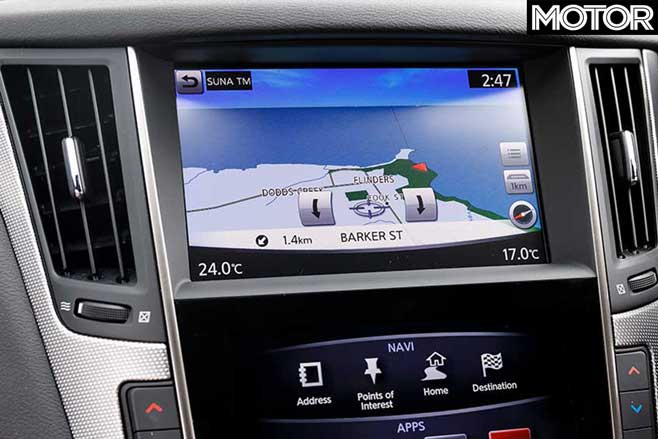
The European Union has drafted legislation stipulating all new cars from 2022 must be fitted with technology that makes the driver adhere to the speed limit, as known through GPS. Australia has said it will follow suit. Your car would not let you exceed the speed limit even if you wanted to. Dystopia cometh.
10 – Toyota’s sport revolution
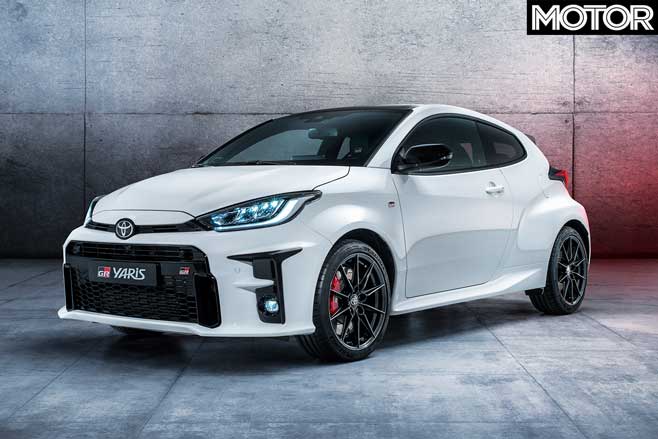
Akio Toyoda has the authority and approval of the board to bring back performance cars through the GR name. Toyota’s GR Yaris is certainly walking the talk, a car that must have cost a bomb to develop. Bold of them to do so, and it might be just the start!
11 – The muscle car will evolve
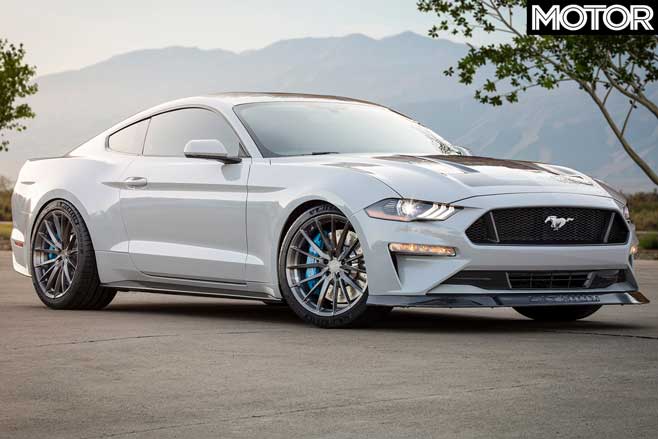
Brace yourself, folks, the muscle car as we know it isn’t long for this world. The Mustang is now an electric crossover as much as it is a V8-powered coupe, and the latter won’t escape electrons for long if Ford’s recent Lithium concept is anything to go by.
Fiat-Chrysler boss Mike Manley has said the next Charger/Challenger “isn’t going to be a V8, supercharged, 700-horsepower engine”. And GM has shuffled its Camaro chief engineer across to the company’s electric division.
Coincidence? V8s will continue for a while (there’s too much demand), but don’t get too precious about what a nameplate represents.
12 – Every new high-end performance model will be hybrid or electric
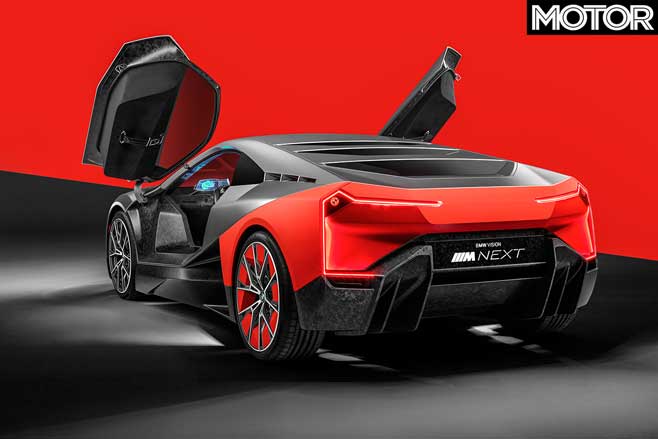
Batteries are expensive and so are high-end performance cars, making it easier to fit the former to the latter. And by the end of the decade, as emissions regulations tighten, every one of them will be either electric or hybrid, a lot of the time with tiny engines.
They will still make enormous power, and with next-level acceleration and handling, as BMW previewed with last year’s Vision M concept, revealed last year. It uses a turbocharged inline-4 of unspecified capacity mated to electric motors for more than 440kW and a 0-100km/h time well below 3.0sec, with also unheard-of levels of efficiency for a car of its performance.
13 – Virtual racers will be as famous as the real drivers
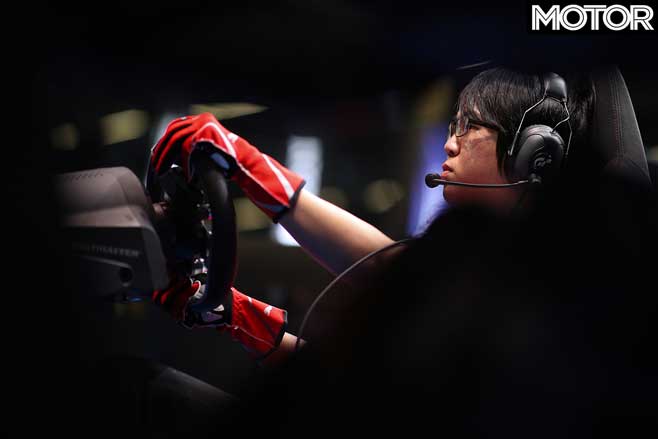
Video games are no longer something to keep your kids occupied, they’re big business. Gaming industry revenue is already US$150bn, or roughly four times global box office takings. Fortnite World Champion Kyle Giersdorf, 16, pocketed US$3m for his win.
F1 and Supercars already have official E-Sports leagues supported by the major teams, and yet the surface has barely been scratched. Don’t be surprised if the 2030 F1 E-Sports champion is as famous as the one actually on track.
14 – Handling & Dynamics will reach a new level
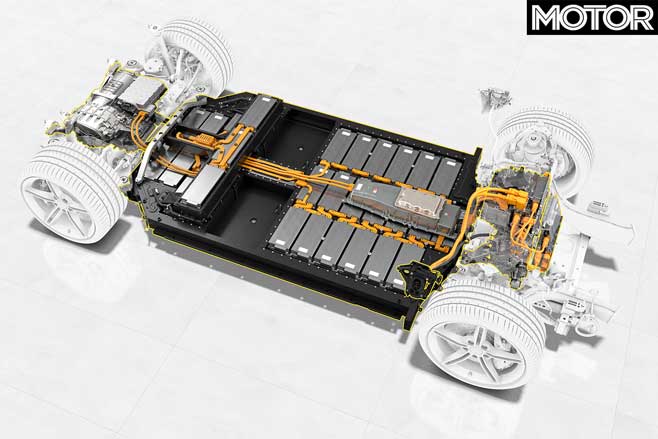
Electric propulsion opens a window into a new world of handling precision. Battery power will inevitably increase weight, but the lower centre of gravity and ultra-fine control over how that power is delivered means cars will stick to the ground like never before.
But the potential is there for added fun factor too, as clever algorithms, not large chunks of metal, dictate where the power goes. Rear-wheel drive on demand, constantly variable all-wheel drive and everything in between will merely be a button push away.
15 – The trackday golden age

With performance cars becoming even more capable – and more durable with track abuse – combined with increasingly draconian road laws and enforcement, we will all be left with little choice but to spend more time at race tracks. No bad thing at all. And more will be built.
16 – Aussie fast car values will go beserk

Want some good investment advice?
Fill an aircraft hangar with the cleanest, lowest-kilometre Aussie performance cars you can find. EB XR8s, VN SSs, EB GTs, EL GTs, T3 TE50s, VT SS 5.0s, BA FPV GTs, HSV Coupes and even Avalanches, Clubsports, VF II Redlines – the lot. Over the next 10-15 years we reckon you’ll do better than the stock market!
17 – The R35 will still be on sale…
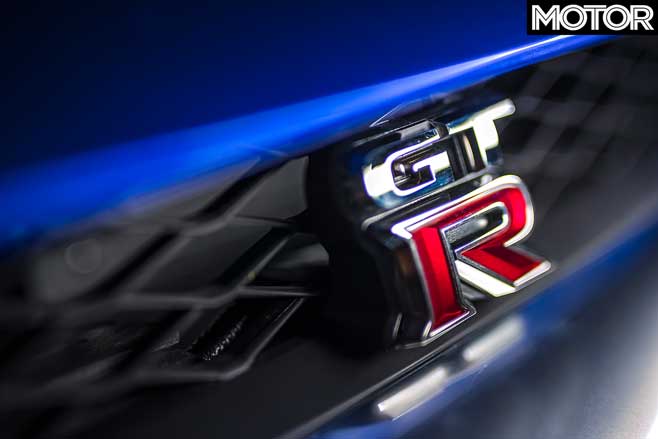
…just kidding. Hopefully Godzilla will make an appearance in R36 guise by the end of the decade, but don’t bet on it because Nissan has bigger fish to fry (like the company sort of crumbling). An all-electric, manic-fast GT-R built around a carbonfibre-aluminium spaceframe chassis might just be the hero it needs.
18 – We will witness the fastest road cars ever made
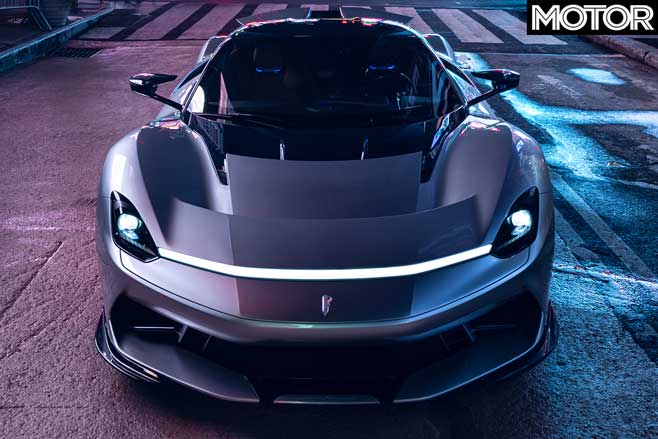
You thought McLaren P1, LaFerrari and Porsche 918 were fast? Cute.
Cars like the Mercedes-AMG One and Aston Martin Valkyrie – road cars heavily inspired by Formula One racers – will make them look a bit heavy and slow. And sell-out sales of both, despite eye-watering price tags, will no doubt embolden Ferrari and tempt the Volkswagen Audi Group to do the same.
There’s lots else to come as well, like the McLaren Speedtail, Toyota GR Super Sport, Lotus Evija, Koenigsegg Jesko, Hennessey Venom F5, Pininfarina Battista, Rimac C-Two… and that’s just the next three years, really. Where will it end? Surely in a ditch a lot of the time, given that the owners of these cars are just rich gents, not racing drivers.
19 – No brand will be sacred
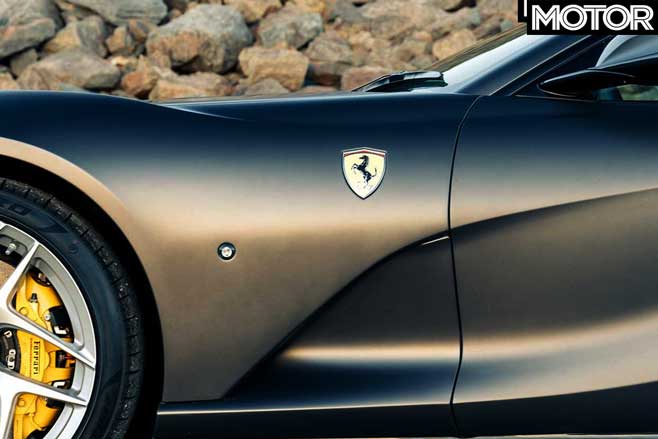
BMW replacing rear-drive with bum draggers, Ferrari doing an SUV when it said it wouldn’t… Over the next decade, and with huge bills to pay in order to convert their ranges to EV or at least hybrid, car brands will stop at no product, however against the grain, to bolster the bottom line. A Porsche dual-cab ute? You read it here first…
20 – Hot hatches doing 0-100km/h in under 3 seconds
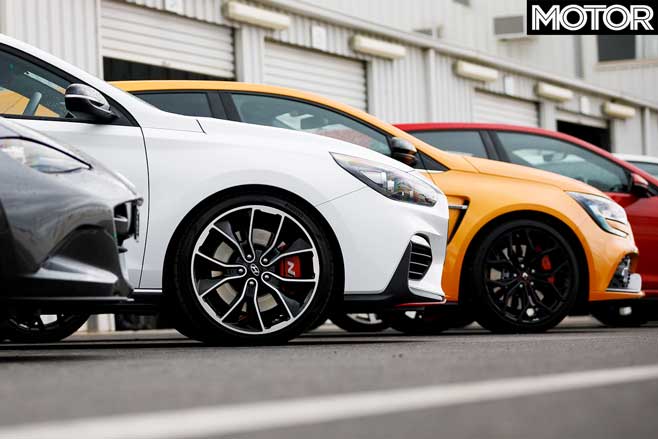
We suspect some serious craziness in this space lies ahead. Will we witness a 400kW hot hatch by the end of the decade? 450kW? No-one really ever thought you’d be able to buy a 470kW Lamborghini SUV. Hey, 300kW was once stratospheric. Thanks also to launch control, high-end hot hatches are going to get fast.

